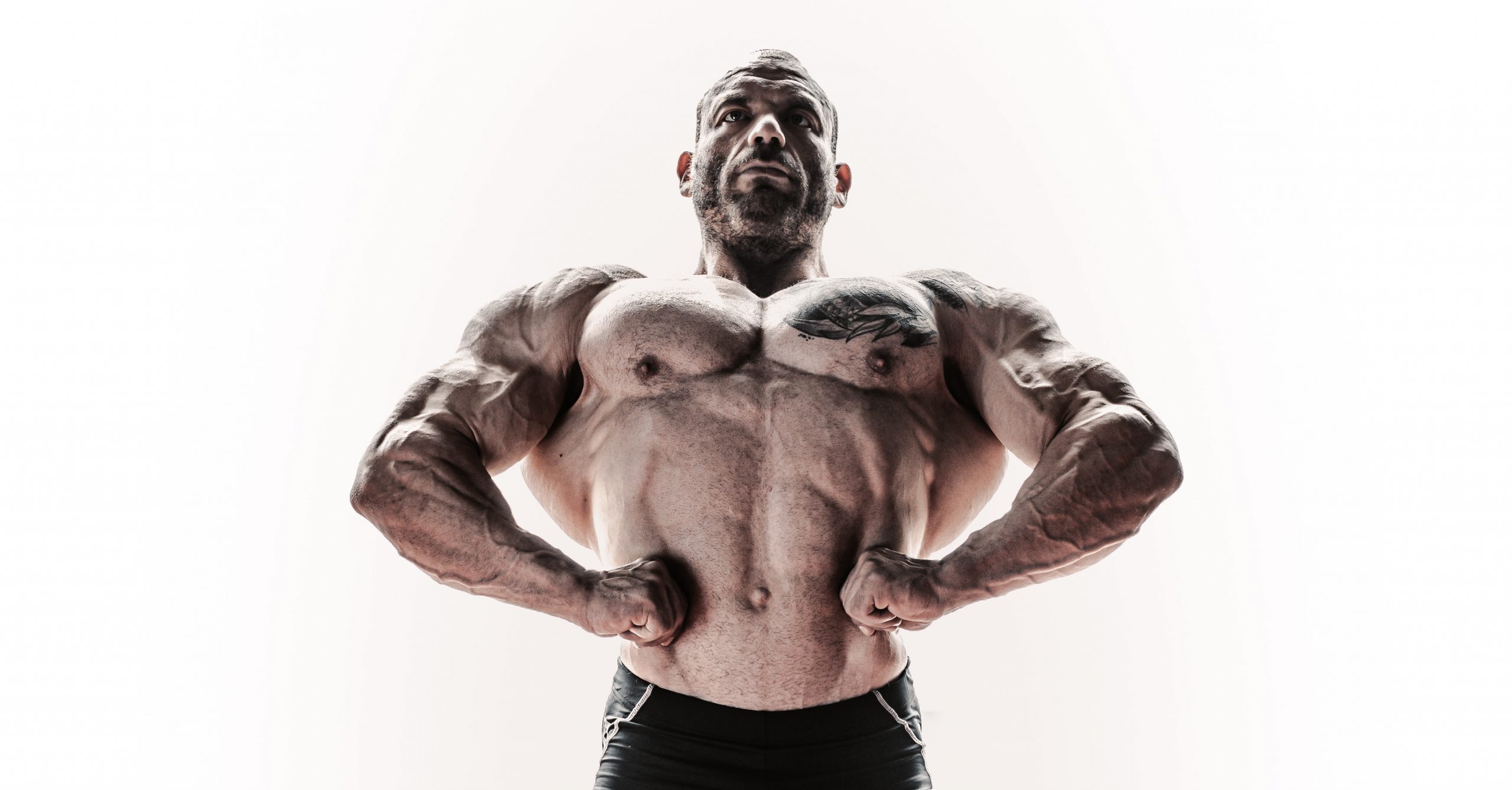
This post was based on information from my training coach Taylor Gohn. You can contact him for training at gohnpersonaltraining@gmail.com.
Most lifters today are at the very least familiar with the concept of autoregulation. In fact, I’d guess most lifters use some form of autoregulation in their training – even if you don’t formally incorporate RPEs in your programming, you intuitively know when a weight is too heavy and you need to back off a bit.
However, autoregulation of other training parameters isn’t a well-explored topic. I think that’s unfortunate, because autoregulation can be an exceptionally valuable tool when determining the appropriate amount of training volume for a given day, and even for determining the right movements for your body and goals.
That last point is a little bit tricky. Volume and intensity are straightforward: you can go up or down by adding or removing load, sets, or reps, but “up and down” are really your only options. When it comes to movement selection, the options are endless. But if you understand your body and your program, that’s not an insurmountable obstacle.
The Importance of Movement Selection
,First, let’s acknowledge that movement selection in general can be challenging. Dave Tate, in my opinion, does the best job of simplifying the process in this article.
However, we can pretty easily categorize a few different types of movements:
- Main Lifts
- Movements to bring up the main lifts
- Movements to bring up weak muscle groups
The main lifts are pretty obvious: you need to practice the movements you’ll perform in a competition. If you’re going to compete in powerlifting, you need to bench, squat, and deadlift in your training.
Most lifters will also use variations on those main lifts to attack weak positions. For example, you might use a 2-board bench if you tend to miss your press at midrange, or a Yoke Bar squat if you tend to lose upper back tightness out of the hole on a competition squat.
And virtually everyone uses some accessory movements to build up bodyparts that don’t get enough work from the compound lifts: curls for the biceps, lateral raises for the delts, and hundreds of others.
If you choose the right movements to address your weaknesses, whatever those might be, then your competition lifts will go up!
How to Autoregulate Movements
Once you understand that, it’s a pretty simple process to autoregulate movements.
Let’s say you typically perform Yoke Bar squats, but you jacked up your traps pulling heavy last week and don’t feel comfortable training that movement hard. Ask yourself two questions:
- What is the purpose of the Yoke Bar in my programming today?
- What other movement can I use instead that won’t mess my trap up worse?
Well, as I mentioned above, a Yoke Bar is often used to improve upper back strength in the squat, and a front squat can do that as well – plus, you’ll generally not load a front squat as heavily, so you won’t be at risk of exacerbating that strain. So maybe you swap out a front squat.
While there are no hard-and-fast rules here, I strongly suggest you make use of Brandon Smitley’s excellent articles on Building the Raw Lifts here:
Building the Raw Squat
Building the Raw Bench
Building the Raw Deadlift
He classifies a number of variations according to their purpose and you can easily make substitutions using the tables at the bottom of each article.
Implementing These Strategies In Your Training
Of course, all of this seems very straightforward when you’re reading it on your couch. It’s not so simple to make these sorts of on-the-fly adjustments in the middle of a training session, especially if you’re amped up on preworkout or headbanging to your favorite metal playlist.
So, make sure to also practice the holistic autoregulation strategies Taylor laid out for you last week, so that you’ll be more prepared when the time comes to make tough decisions. And if you have a coach, obviously, communicate with him or her and take any guidance you receive very seriously. An objective viewpoint is invaluable when it comes to implementing autoregulation of any form.
If you have your own tips on autoregulating movements, please leave them in the comments!








